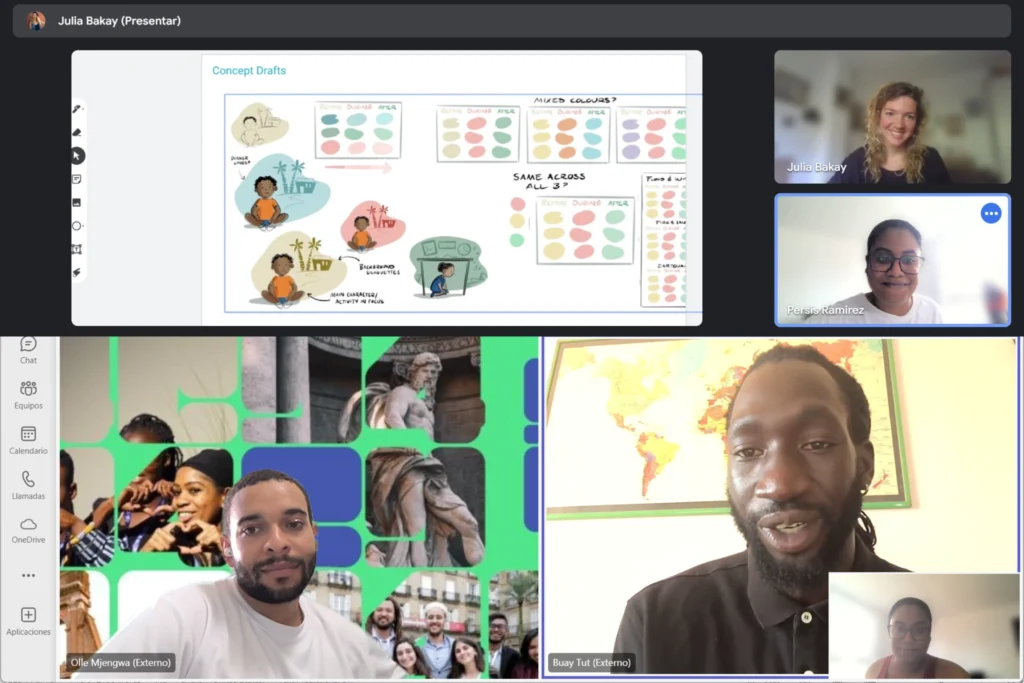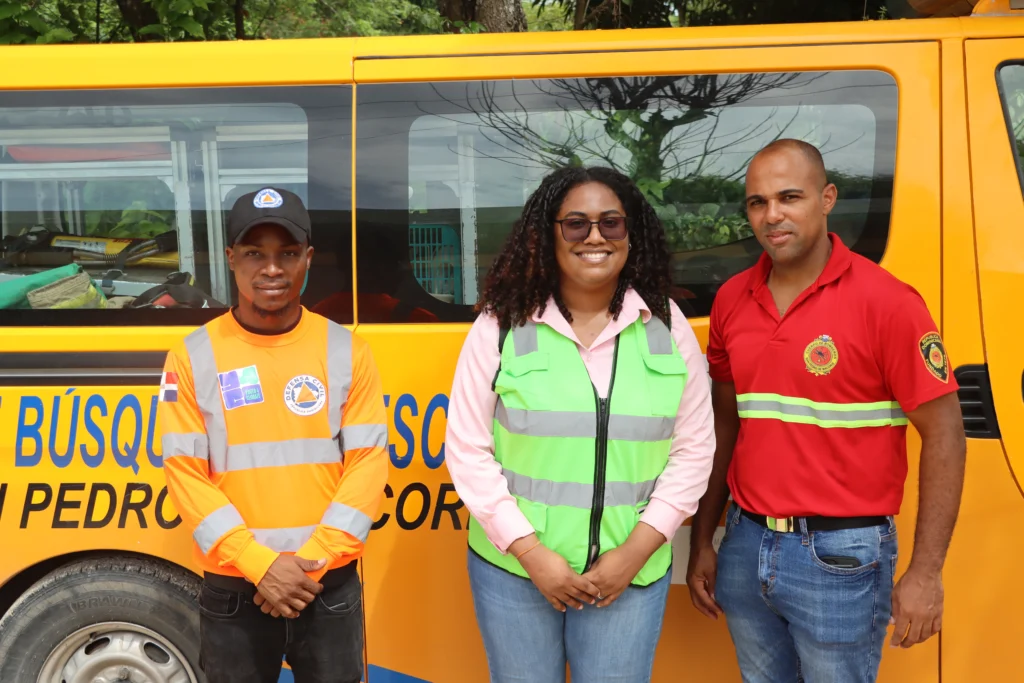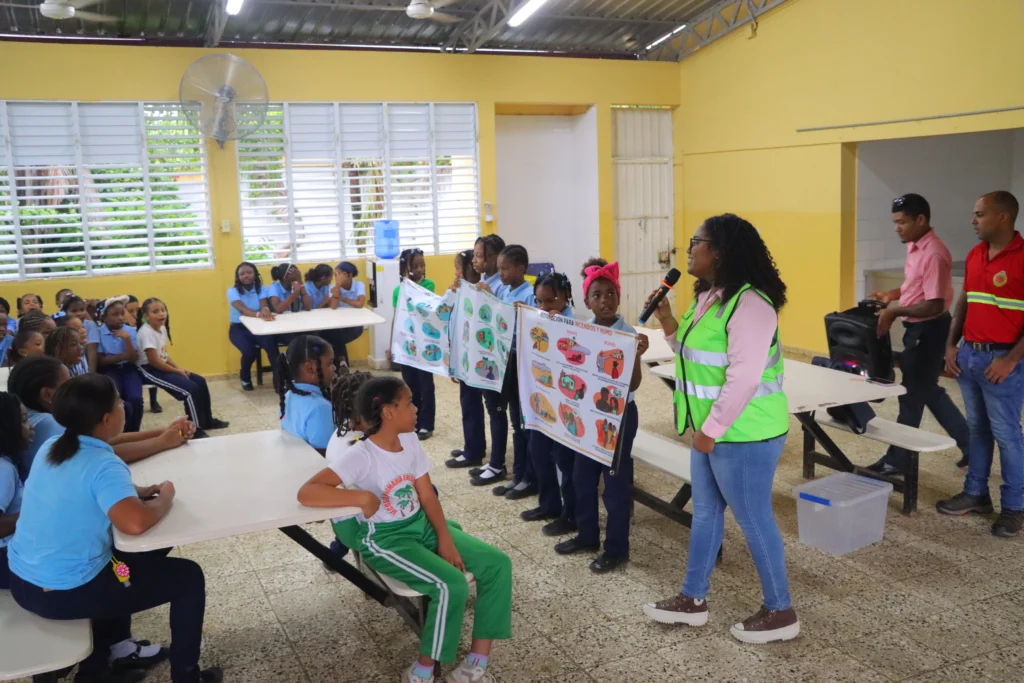Implementation Stories
The IDRASTICC Journey
When we first envisioned IDRASTICC, we knew that creating meaningful change would require more than just
delivering information—it would need to spark a shift in how educational communities prepare for disasters.
Our implementation journey began with the development of comprehensive educational materials
specifically tailored for school-aged children in the Caribbean context.
Planning and Development
Our first step was designing visually engaging and culturally appropriate educational materials. We collaborated with illustrator Julia Bakay to create resources that would resonate with Dominican children, ensuring that the characters, houses, and landscapes in our materials reflected Caribbean culture. Remote design sessions allowed us to refine these materials until they authentically represented the communities we aimed to serve. We also engaged Gabrielle Lee Look to edit and format the brochure and guide, incorporating the characters developed. Simultaneously, we built crucial partnerships with local emergency response institutions. Strategy planning sessions with the Civil Defense and Fire Department helped us align our approach with established emergency protocols and secure volunteer experts to facilitate our school visit.


Implementation in Schools
From September to October 2024, we conducted Disaster Prevention Morning sessions at 11 schools across San Pedro de Macorís. Each visit followed a structured approach:
- Introduction of the IDRASTICC project and team
- Interactive presentation on disaster preparedness
- Demonstration of safety procedures with student participation
- Distribution of educational materials
- Donation of emergency equipment
- Q&A session with students and teachers
Our implementation team consisting of the project coordinator Persis Ramirez, Civil Defense specialist Cesar Leonardo, and Fire Department Captain Iliana Acosta and Andres Munoz worked together seamlessly to deliver engaging, informative sessions that captured students’ attention and sparked their interest in emergency preparedness.
Moments of Success
Some of our most significant achievements came from creating educational materials that truly reflected the communities we served. Seeing children’s faces light up with recognition when they spotted familiar elements in our posters and guides confirmed that our approach was working.
The enthusiastic response from students actively participating in safety drills and asking thoughtful questions about emergency procedures demonstrated their genuine engagement with the material. Teachers and school administrators expressed gratitude for both the knowledge shared and the physical resources provided, with many reaching out to request additional support in designing school-specific emergency plans.
